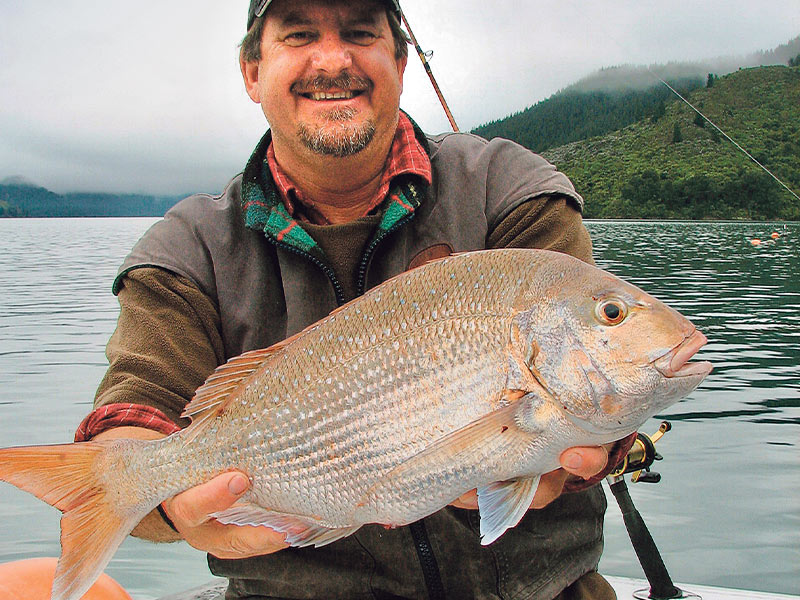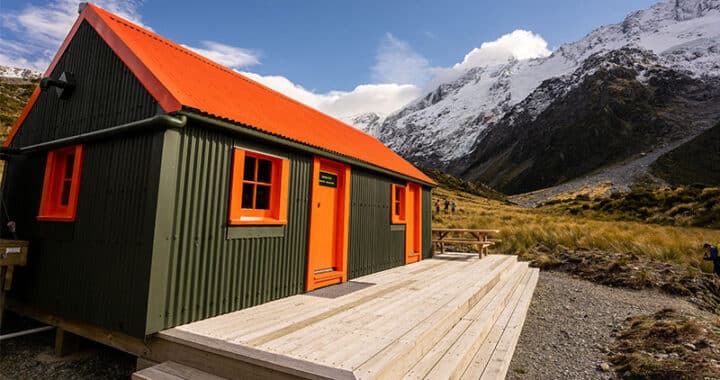Snapper success: tempting fish in with berley
4 min read
Using berley might not be new in terms of fishing, but it guarantees (in most cases) success. Photo: Ben Hope
Ever been walking down the street past a pie shop when a delightful, tempting aroma makes you consider homing in on the source? Welcome to the principle behind using berley to attract snapper. The pie shop aroma is akin to using berley to lure snapper in on your fishing area. Seasoned anglers will most likely unanimously agree that when it comes to snapper fishing, berley is an absolute must, especially when casting your line from a boat.
Its benefits extend beyond the open waters. Even when fishing from the shore or a jetty, berley is your best bet to bring the fish to you. And while it has fallen out of fashion due to the popularity of lures such as jigs and soft baits, it shouldn’t preclude you from using berley.
There are a few things to keep in mind: lower the berley and set it at the right depth. Current flow is important in snapper fishing, too. Around low or high tide times is generally not productive for snapper. The stronger the current flow is, the deeper the berley should be set. Some take advantage of the anchor rope and tie the berley sack or pot to the top of the anchor chain.
For those looking for a cost-effective solution, berley ‘bombs’ are an accessible option. Alternatively, you can even make your own. A fellow angler uses a bottle of tuna or fish oil and half a bucket of oats. There’s a trick to mixing the two: put the oat bran into a bucket and pour boiling water over the bran; not too much, but just enough to soak it. Wait until the water has completely soaked.
“Just like pouring hot water over your breakfast Weetbix and waiting while it’s soaked up,” he advises. “Then add some tuna oil bit by bit until it stops. Then leave out for an hour our so.”
Once it has dried, it can be used straight away, or to store it for later, add some water and freeze it in a container. You can also mince up your old fish frames and guts from a fishing trip and use them to make berley for future trips.
Often, it’s a good idea to set up a berley trail before you start fishing. This allows the fish time to follow the scent trail and feed at midwater depth. Getting the fish up towards midwater, or even close to the surface, increases your odds of landing the fish when fishing in areas of kelp and rough ground.
It’s all a matter of experience and simple logic. A moderate current is important to disperse the berley, however, if the current is too strong, the berley won’t reach the fish until it is well away from the boat, i.e. beyond casting range. In that case, release the berley at a deeper level. Conversely, in periods of no current, such as at slack low or high tide, the berley will sink straight below and not tempt fish in from a distance. The optimal depth of the berley dispenser is primarily determined by two factors: the depth of the seabed you are fishing over and the strength of the tidal flow.
Strategically positioning your boat is important, too. It’s recommended to not anchor directly above your fishing spot. Respect the snapper’s usual wariness. Sit ‘upstream’ from a drop-off or foul ground, so your berley trail wafts into the area where snapper are likely to be, whether it’s a kelp bed or drop-off, tempting them to move towards your boat. Cast your bait down the berley trail.
When it comes to berley, there are several options, even at the last minute. Even something as simple as a dog roll hastily grabbed from a supermarket on your way to the launch ramp is better than no berley at all. Budget tins of fish-based cat food can also be used. Around mussel rafts, using crushed-up mussels makes logical sense.
Oil also plays a significant role, adding that extra tang. Kahawai, with its strong oil content, makes a good basic ingredient for making berley, and so does salmon, which has a high oil content.
You can buy berley dispensers, but in an emergency, an old onion bag does the trick. You may need a rock or two in the bag to lower it to the required depth.
In the world of snapper fishing, berley emerges as a versatile and indispensable tool. From understanding currents and depths to embracing strategic positioning and crafting homemade berley, this practice combines experience and logic to draw these elusive fish near.
Words by Ben Hope



